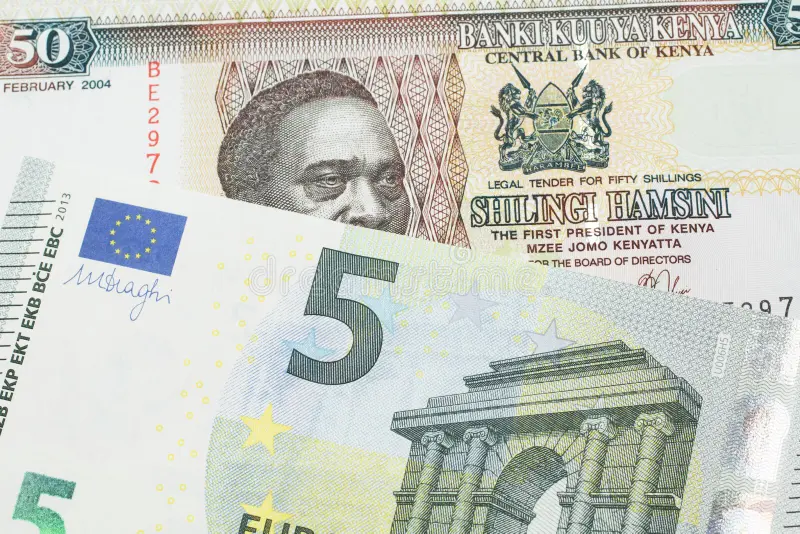The euro climbed to KSh 150.20 on June 25, 2025—its highest level against the Kenyan shilling in over 15 months—according to data from the Central Bank of Kenya.
The last time the euro crossed the KSh 150 mark was on March 14, 2024, when it reached KSh 150.41.Meanwhile, the U.S. dollar has remained stable, trading in a tight range around KSh 129 for much of the past year.In contrast, the British pound has shown upward momentum, rising to multi-month highs above KSh 175 due to shifting global interest rate expectations.
A Global Currency Shift
The euro’s rise is part of a broader currency realignment affecting global markets. In 2025, it has appreciated by nearly 12% against the U.S. dollar. This shift is being driven by changes in monetary policy and stronger eurozone data.
Several factors are fueling the rally:
Dovish U.S. Federal Reserve Outlook: Weak U.S. data and growing expectations of rate cuts have reduced the dollar’s appeal, pushing investors toward other currencies.Firm but Measured ECB Approach: Although the European Central Bank has begun easing, it remains cautious. Its stance signals a continued focus on inflation control.Eurozone Economic Strength: Positive indicators from Germany, France, and other key economies have improved investor confidence.Reserve Diversification: Central banks are gradually increasing their euro holdings, reducing dependence on the dollar.
Together, these forces have lifted the euro not only against the shilling but also across global currency markets.
Implications for Kenya
The euro’s strength has both positive and negative effects on Kenya:
Higher Import Costs: Goods like machinery and pharmaceuticals from Europe may become more expensive.Debt Servicing Strain: Repaying euro-denominated loans will require more shillings.Export Advantages: Euro earnings from Kenyan exports, such as tea and flowers, will convert to more local currency.
